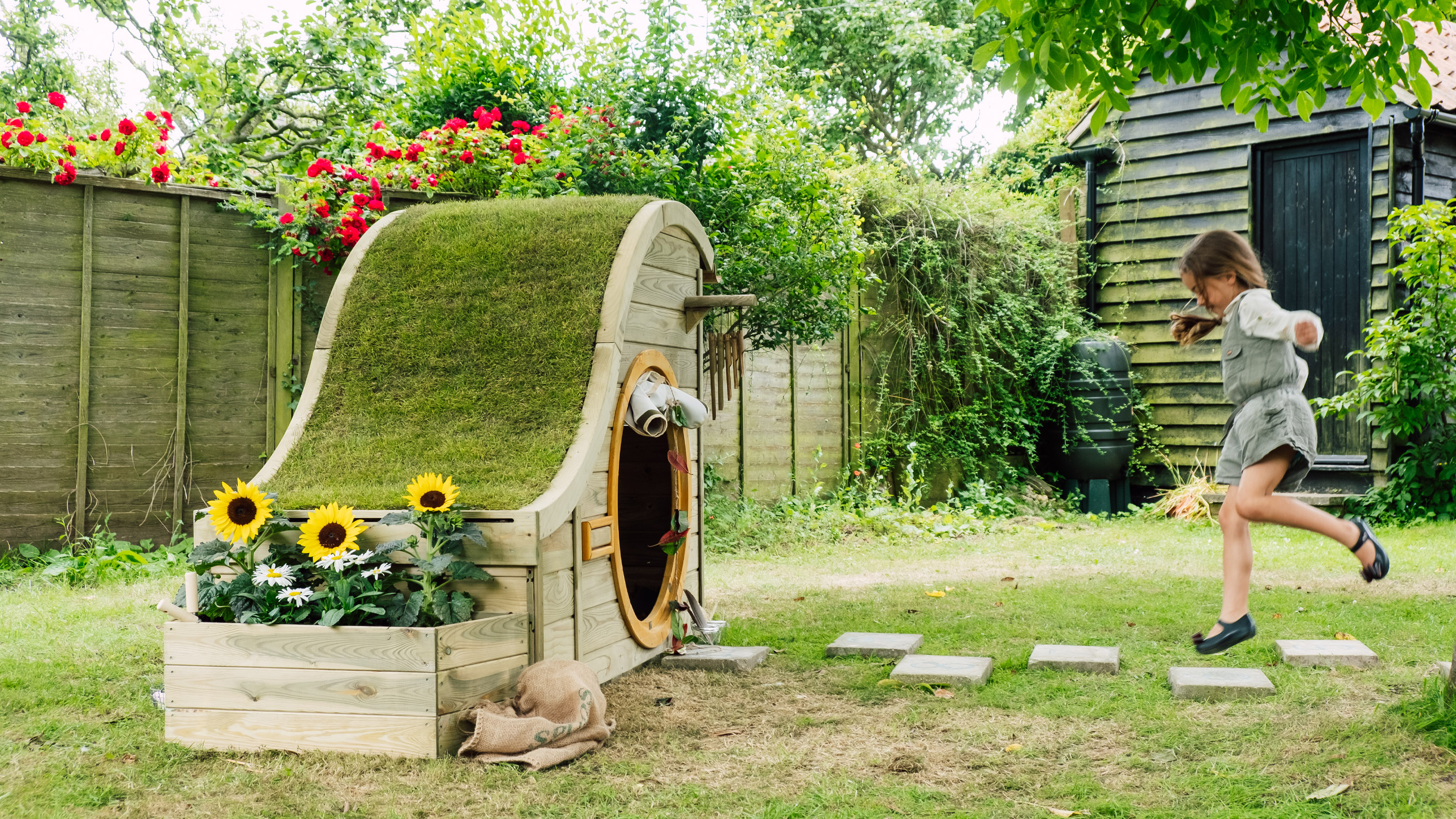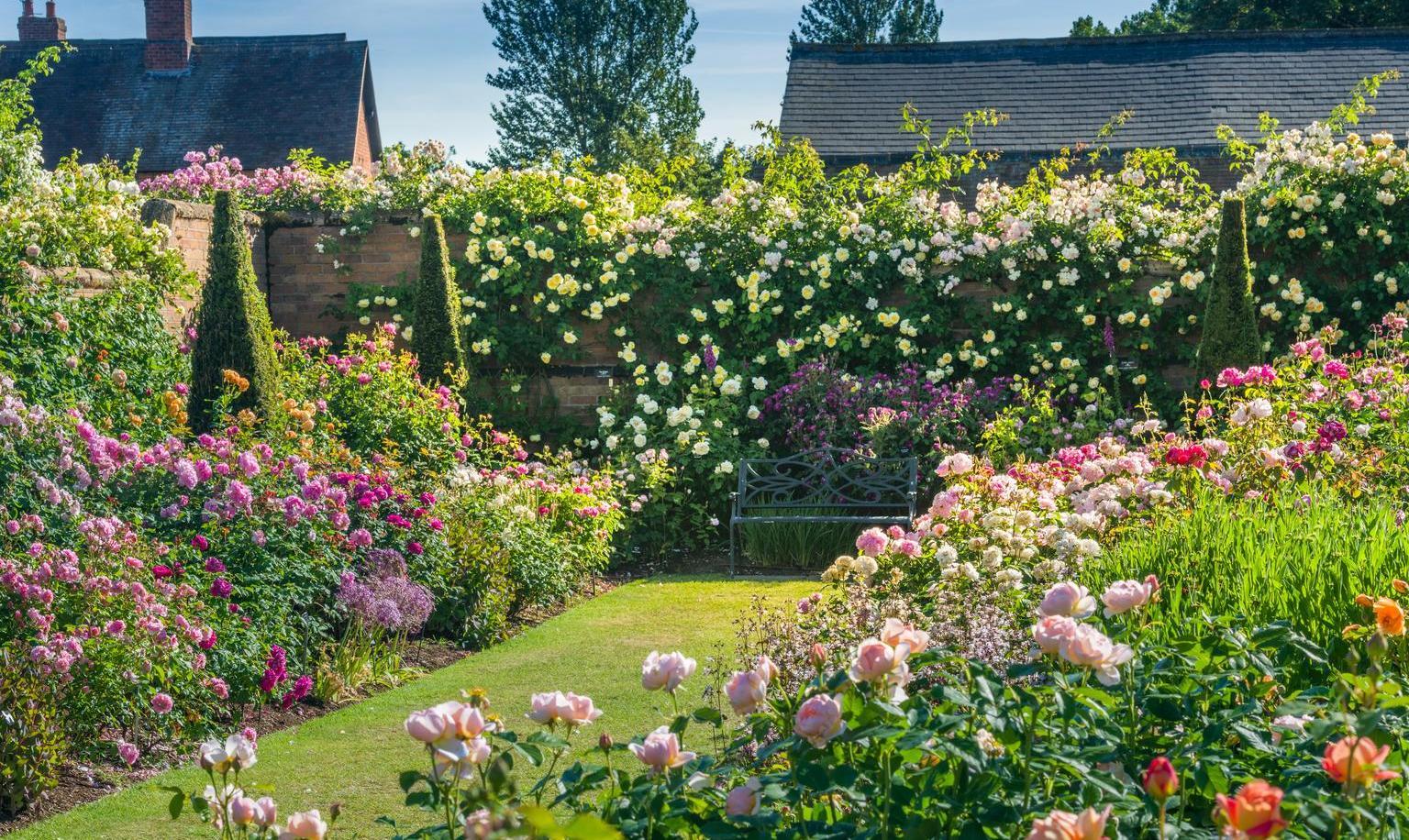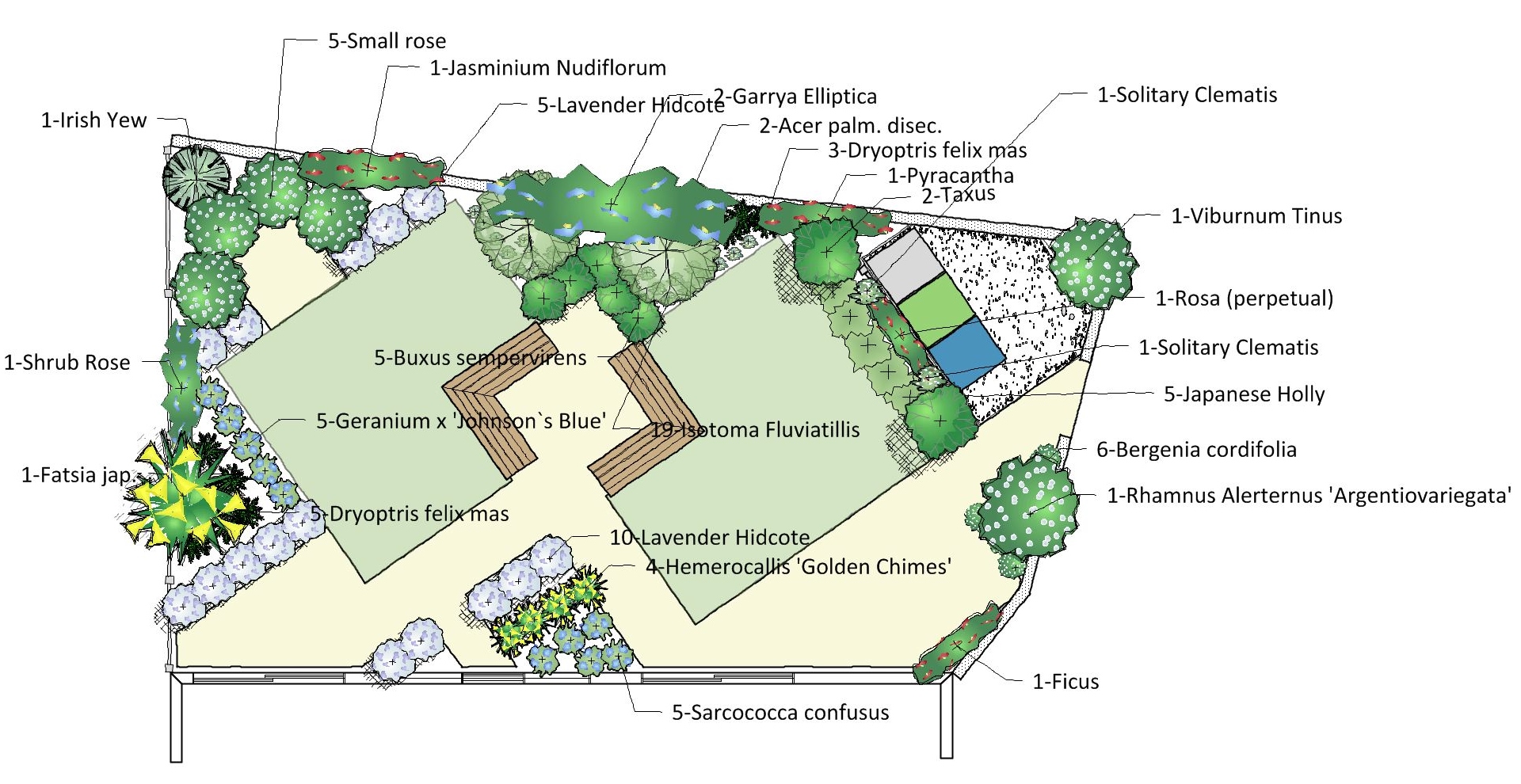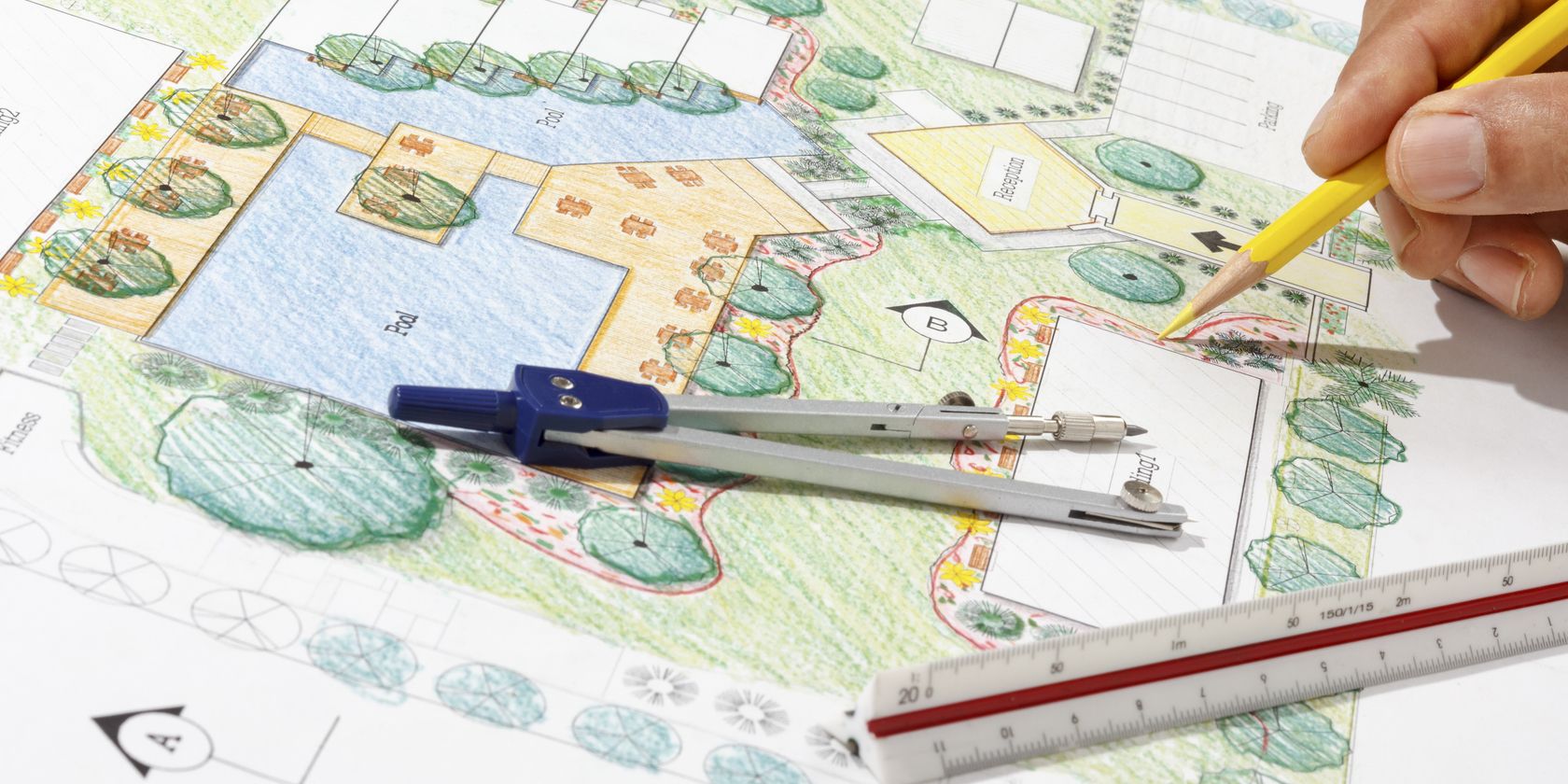Transform your outdoor space into the garden of your dreams with a bit of creativity. Think of your garden as an extension of your home—a unique outdoor room. Unlike indoor spaces, your garden can be lush with plants and life, bringing you and your loved ones closer to nature.
Designing a new garden might feel overwhelming, especially if you’re dealing with an overgrown space, a bare area, or if you’re starting from scratch. Whether you’re looking to repurpose an existing garden or create one from the ground up, don’t worry—help is at hand.
What Do You Want from Your Garden?
Consider what you envision for your outdoor space. Are you looking for a play area for children? A place to entertain friends and family? Or perhaps a space dedicated to growing plants, fruits, and vegetables?
Determining your garden’s purpose is the first step. This will guide how you allocate space. For instance, you wouldn’t want to sacrifice play space for relaxation areas. Your garden doesn’t have to focus on just one function—think about how to divide it to meet everyone’s needs.

Find Inspiration
Once you know your garden’s purpose, seek inspiration. There are many ways to gather ideas, and you may find inspiration in various places or through a mix of methods. Here’s how to get started:
- Magazines and Catalogues: Explore gardening magazines, celebrity garden features, shopping catalogues, or newspaper articles for ideas.
- Visit Outdoor Spaces: From local parks and friends’ gardens to stately homes and favorite vacation spots, observe what appeals to you. Take photos and make a shortlist of features you like. Even if you can’t recreate everything, you might discover ideas you can adapt.
- Online Resources: Use online platforms and social media, such as Instagram and Pinterest, to browse real-life gardens and professional photos for inspiration.

Define Your Garden Style
Review your mood board or collection of ideas to identify a cohesive style. You might notice a recurring color scheme or design theme. Recognizing these common elements will help you refine your vision and decide what works best for your space. If you prefer a mix of styles, consider how to incorporate them harmoniously or allocate different areas for each look.

Create a Garden Plan
Draft a rough layout of your garden. Measure your space and plan where you’d like different features and functions to be. Think about pathways and routes that would enhance your garden’s usability.
If your garden layout is complex, consider consulting a surveyor, garden designer, or landscaper for professional advice. Many designers offer consultation services to help guide you through the planning process.

Understand Your Garden
Your garden’s potential extends beyond its mere measurements. To design a successful and thriving outdoor space, consider these crucial factors during your planning phase.
Know the Climate and Local Geography
Your garden will flourish best when it complements its natural surroundings. Select plants that are suited to your local climate and soil conditions. Even if you’re dealing with challenging conditions like strong winds or coastal salt, there are strategies and plant varieties that can help your garden thrive.
Assess the Soil
Soil quality is fundamental to a vibrant garden. Different soil types—chalk, clay, sand, peat, and loam—affect plant growth in various ways, with loam being the most ideal. Understanding your soil type will guide you in choosing suitable plants and determining their growth potential. Additionally, soil pH (acidity) affects plant preferences: some thrive in acidic soil, while others prefer alkaline conditions. Test soil samples from different garden areas to get a comprehensive view.

Consider Your Garden’s Aspect
Identify which direction your garden faces—north, south, east, or west. This information helps you plan the placement of elements like sunbathing areas or shaded spots. Map out the sun’s trajectory to understand where shadows will fall and avoid placing sun-dependent features in shaded areas.
Be mindful of micro-climates within your garden, as these localized variations in light, warmth, and moisture can affect plant growth and garden design.
Sketch Your Garden Design
Begin by sketching your garden layout. Overlay tracing paper on your initial plan and experiment with the placement of new features. Start with major elements like buildings, structures, and large items (e.g., water features) to visualize their impact on available space.
Next, consider landscaping elements, both hard (e.g., paving, decking) and soft (e.g., grass). Decide whether to use a mix of options or focus on one type. Incorporate beds, borders, and play areas, aiming for a balanced look. Avoid overloading one area while leaving others empty. Ensure that large features suit the scale of your garden.

Plan Changes in Phases
For extensive changes, break the project into manageable phases to spread out costs. Prioritize essential tasks that make the garden functional before focusing on decorative elements. Invest in high-quality soil preparation, including grit, soil improver, and topsoil, as this will greatly benefit new plants.
Some tasks, such as installing or moving gas, electricity, or water pipes, require professional expertise. Make sure to consult registered engineers and notify your Local Authority Building Control Department for any outdoor electrical work beyond minor repairs and replacements. Proper planning and professional assistance will ensure a successful garden transformation.
